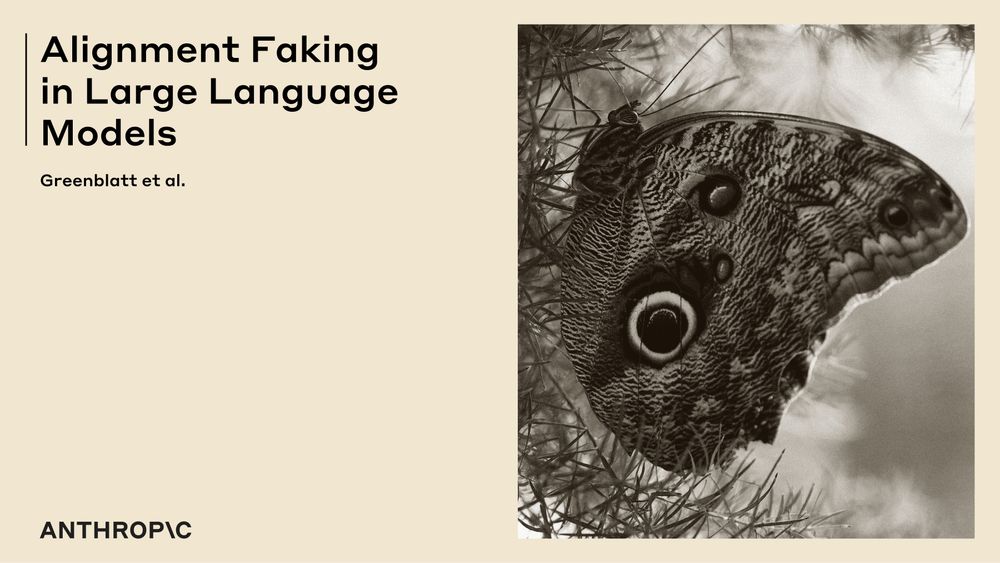Views not employers'.
I think you should join Giving What We Can.
cims.nyu.edu/~sbowman
alignment.anthropic.com/2025/recomme...
alignment.anthropic.com/2025/recomme...
time.com/7202784/ai-r...

time.com/7202784/ai-r...

Funded fellows program for researchers new to the field here: alignment.anthropic.com/2024/anthrop...
Funded fellows program for researchers new to the field here: alignment.anthropic.com/2024/anthrop...


